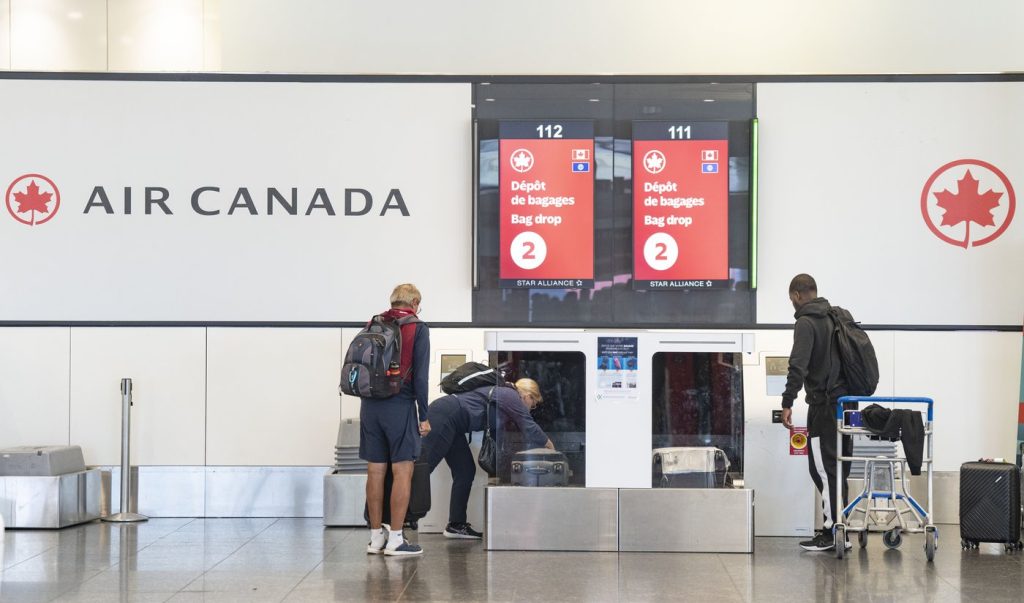MONTREAL – Air Canada has revised its financial outlook for the year following a significant impact from a flight attendant strike that occurred earlier this summer. The Montreal-based airline reported that the labor disruption has resulted in an estimated cost of $375 million affecting its operating income and adjusted earnings before interest, taxes, depreciation, and amortization (EBITDA).
In a recent press release, Air Canada announced that it now anticipates an adjusted EBITDA ranging between $2.9 billion and $3.1 billion for the full year. This figure represents a downward revision from the previous guidance set in August 2025, which projected adjusted EBITDA to be between $3.2 billion and $3.6 billion. The adjustment comes as the airline grapples with the financial ramifications of the strike and its subsequent operational disruptions.
For the third quarter, Air Canada expects its operated capacity to decline by approximately two percent compared to the same period last year, attributing this decline to the cancellation of over 3,200 flights. The airline projects an operating income of between $250 million and $300 million during this quarter, underscoring the financial strain imposed by recent events.
The strike's financial impact of $375 million can be attributed to three primary factors. Firstly, the airline faced an estimated revenue loss of $430 million, which includes costs related to customer refunds, compensation, and a decline in travel bookings. Secondly, Air Canada incurred around $90 million in additional costs linked to customer reimbursements and some labor-related operating expenses. However, it was noted that the company managed to save $145 million, mainly due to lower fuel costs, which helped mitigate the overall loss.
The Air Canada flight attendant strike lasted three days, concluding on August 19, 2025. Nevertheless, it took an extended period for the airline to restore full operational capacity following the disruption. Earlier this month, Air Canada flight attendants overwhelmingly rejected the employer’s wage proposal, which has now led the airline to refer the wage discussions to mediation, as previously agreed upon by both parties.
The tentative agreement that was voted down included provisions to raise workers’ wages and to establish a pay structure for time worked while aircraft are grounded. As the airline continues to navigate these challenges, the situation underlines the complexities of labor relations within the aviation industry, particularly in light of the broader economic conditions and operational pressures.












